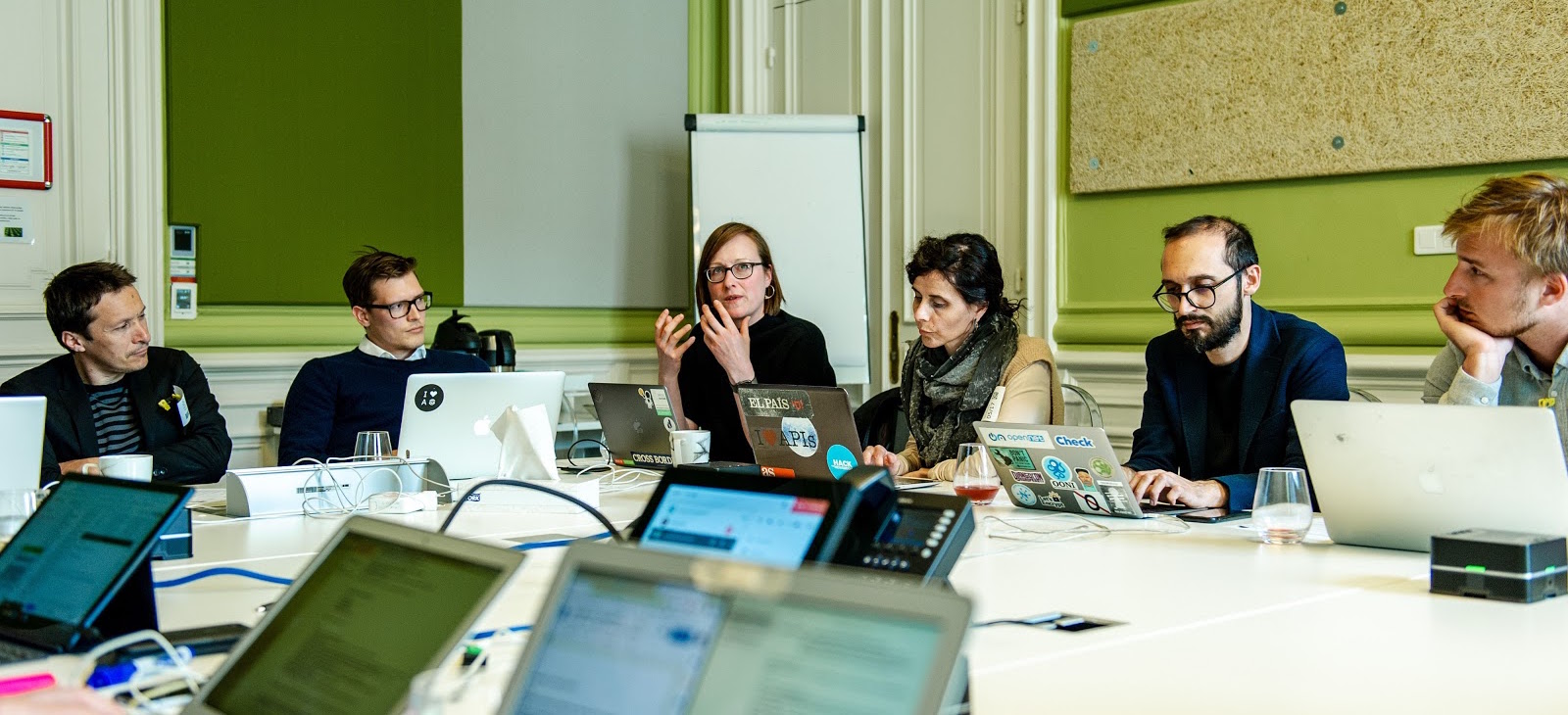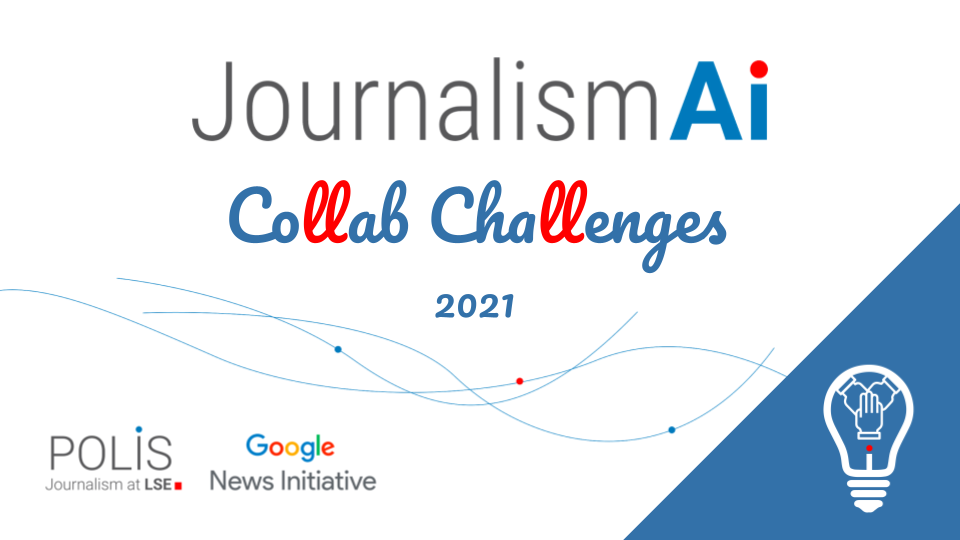This article was first published by InPublishing. If you would like to be added to the InPublishing mailing list, please register here.
Publishing in general and journalism in particular are traditionally highly competitive – you might even say cut-throat. In a world of multiple outlets, everyone has to fight their corner for attention and revenue. But when it comes to new technologies, collaboration might be a better strategy. This goes against the grain for many media organisations who pride themselves on their independence and their ability to stay ahead of their rivals. But when it comes to the adoption of so-called Artificial Intelligence, working with others can prevent mistakes and save time and resources.
Machine learning, automation, personalisation, data analysis and natural language processing tools can supercharge modern media. AI can help boost audience retention and revenues. It can do a lot of the low-level, repetitive editorial work, leaving the human journalists to concentrate on adding creativity and judgement. AI can help with newsgathering, content creation or distribution. From investigative data journalism to personalised newsletters, there are plenty of case studies of AI augmenting journalism and adding value to publishers. The robots are not taking ‘our’ jobs, nor is AI a miracle cure. But it can make a significant difference to hard-pressed publishers.
However, AI is a relatively new set of technologies for journalism. These algorithmically-driven systems demand special skills and strategies. They can be complex technically. Their development and implementation can be complicated and needs to be adapted to suit your organisation’s special needs. There are risks as well as opportunities with AI. Collaboration can be a great short-cut to meeting these challenges and a long-term strategy to help keep your organisation abreast of new developments.
The JournalismAI project
For the last two years, the LSE JournalismAI project has been running collaborative innovation experiments with journalists from news organisations around the world. In our 2020 Collab, teams were drawn from different countries, varied news organisations and featured people in a range of roles. So, it was a mixed bunch, speaking different languages and with different hopes and needs.
The challenges they tackled also varied. One team addressed the problem of subscriber churn. Another looked at using automated summarisation of archived content to supplement news coverage. One group chose to investigate how to use AI technologies to mitigate newsroom biases, in this case, around gender. They all researched case studies, debated different approaches and took advice from our panel of expert coaches who helped inspire and inform them. But they also did a lot of practical work trialling tools or systems on their own platforms and compared their different experiences and perspectives. In the end, they all produced informative and useful reports that would help anyone looking at the same challenges. It is all online, so help yourself.
The teams produced a wealth of insights and guidance but the central discovery for the project was the power of collaboration itself. We’re now doing follow-up research to learn lessons from this collaborative approach. Preliminary feedback suggests that working together with different partners produces benefits overall as well as for the individual participants or news organisations themselves. Early findings show that the collaborators were driven by the realisation that their own organisations lacked the resources or knowledge to innovate properly with AI. They also realised that the journalism industry overall needs to increase its understanding and application of AI. The individuals said that the collaboration helped them personally to gain the confidence and knowledge to boost their own work. And they are taking the lessons back to their workplaces to improve inter-departmental cooperation on specific projects and overall strategy. Many told us that they have plans to continue working with other sectors such as academic researchers. In other words, collaboration breeds collaboration.

Internal and external collaboration
Collaboration around AI happens in many ways. It can mean working across departmental barriers within the organisation. AI should not be left to the technology team and in turn, the technologists need to be integrated into the news production process. AI is changing journalism and that means creating new positions or roles and a more collaborative work pattern. People will have different career paths with new training priorities. You will need some kind of internal AI strategy to reflect that.
Collaboration might also mean working with other news organisations, especially on designing new tools. There is so much to learn from other people’s knowledge and experience. It is tough to do it on your own. Other people will have made mistakes or found clever solutions. Learn from them. In the end, everyone benefits. This approach is much more common in data science, technology, academia or start-ups but now the news media must also try to adopt elements of the collaboration culture.
It is also very efficient to collaborate with other organisations such as the technology companies and AI labs within universities. They often have the data, skills and capacity to experiment that publishers lack. Everyone has a mutual interest in collaborating to increase the effectiveness of AI in journalism. But those collaborative relationships will not happen spontaneously. There are some structures in place to facilitate them such as the International Consortium of Investigative Journalists that organised the joint efforts of 100 media organisations around the world to reveal the Panama Papers banking scandal. But news organisations need to build those relationships by investing time and goodwill and committing to sharing the results. This is not something they’ve been great at in the past.
What’s at stake
If they don’t, there is a risk of falling behind. Our research on AI and journalism around the world showed that there are increasing inequalities for news organisations. The danger is that local news, mid-size and smaller organisations and media in emerging economies might fall behind. The big global brands have the R&D resources to buy in or develop their own systems. But the others may have to work together if they want to capture the benefits of AI for themselves.
So, it might be that collaboration around innovation is not just a nice thing to do, it’s essential.
The news industry is a relatively small and financially-challenged business compared to other sectors that are adopting AI. Few single news organisations have the experience, knowledge and resources to make the most of these new technologies. With emergent technologies, it is a continual process of updating your understanding. Organisations such as start-ups, tech companies and universities do exactly that work. By collaborating with them, you can tap into their constantly developing expertise.
Of course, you can’t just rely on start-ups or tech companies to provide you with the assets to bring AI to your business. Their interests may not always align with your mission. So, it’s vital that you take these relationships seriously. Collaboration can be exciting and stimulating but it’s not always cosy.
Collaboration isn’t just something that happens. We are learning lessons about collaborative working that we are going to feed into our new 2021 Collab Challenges. Like any innovation process, such as product development, it requires particular skills and strategies. It is difficult to quantify but it appears that you need people with different kinds of knowledge and experience. But it also requires the right attitude and aptitude. We found that the people who got the most out of the innovation process were the ones who invested most in collaboration. So, collaboration is a skill-set that can be learnt but it helps if you have the right people and systems in place. Do you have those people who can thrive in this hybrid, more flexible working environment? Are you supporting them and listening to what they need? Have they got access to the training in the ‘systems thinking’ as well as the technology?
There is a danger that the news industry could miss out on the benefits of these AI technologies. We are living in an increasingly algorithmically-powered and data-driven world. We need to keep up. AI will amplify other trends that are changing our business models, production processes and markets. So, we need to at least understand them better. But these are complex systems that have hazards such as algorithmic bias. AI needs to be adapted thoughtfully and monitored carefully so that it fits your goals and provides returns on investment. It is not relevant for all your problems. But if you do deploy AI, you need to think about how it might change the make-up of your organisation. It’s a tough challenge. But you are not alone. If you learn the art of collaboration around AI, the evidence of our project and our research is that it could increase your organisation’s resilience and rewards.
Sign up for our monthly newsletter to stay up-to-date with all the news about JournalismAI.
JournalismAI is a project of POLIS, supported by the Google News Initiative.







